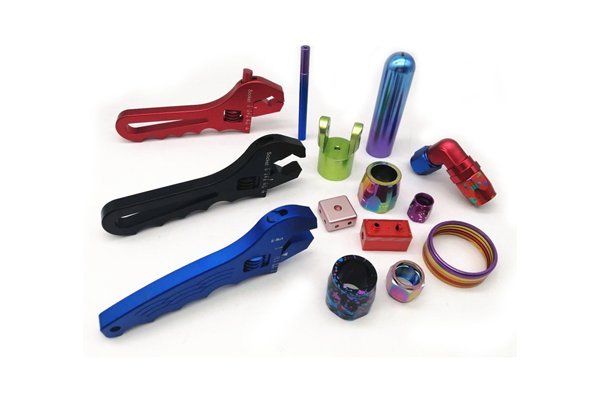Opening
Did you know that the quality of a machined part’s finish can significantly influence its durability, functionality, and overall performance? In the competitive world of manufacturing, the finishing process alone can either make or break the integrity of the final product. Among the array of industrial processes, Computer Numerical Control (CNC) processing stands out as a cornerstone technique for producing parts with exceptional accuracy. Particularly, achieving refined finishes such as 0.8 and 0.6 is often a requirement for applications demanding high precision. Therefore, understanding the CNC processing requirements related to these finishing specifications can be the key to ensuring optimal product performance.
Understanding CNC Finishing Processes
CNC machining is a method that uses pre-programmed computer software to control the movement of the machinery. This technology is capable of creating complex geometries and achieving tight tolerances. However, to achieve finishes of 0.8 and 0.6, manufacturers need to consider several critical factors, ranging from material selection to tool choice and machining parameters.
Key Factors Influencing Finishing Quality
The type of material being machined plays a crucial role in determining the achievable finish. Materials such as aluminum alloys, stainless steels, and composite materials exhibit different behaviors during machining. Understanding the material’s properties is essential in achieving the desired finish.
The type, geometry, and coating of cutting tools can impact surface finish significantly. For example, using carbide tooling with proper coatings can help reduce tool wear and friction, leading to better finishes.
The speed, feed rate, and depth of cut must be optimized for both the material and the desired finish. Higher spindle speeds generally improve surface finishes, but finding the right balance with feed rates is crucial to avoid tool wear or part damage.
Using the right cutting fluid can reduce friction, dissipate heat, and wash away chips from the cutting area. The right cooling strategy will help minimize thermal distortion and improve the surface finish.
Employing advanced machining strategies like trochoidal milling can help maintain consistent cutting forces, leading to an improved surface finish. Multi-pass operations may also be needed to achieve the desired finishing specifications.
Achieving an 0.8 and 0.6 Finish
To meticulously achieve surface finishes of 0.8 and 0.6, the following steps are recommended:

Ensure the CNC machine is calibrated and operating within specified parameters. Regular maintenance checks are essential for consistent performance.
Tools with a sharp edge and suitable coating should be selected based on the material. A quality tool can substantially impact the quality of the surface finish.
Integrate advanced programming techniques to minimize abrupt changes in the machining path. Smooth input motions will lead to increased surface quality. The use of finite element analysis (FEA) can help in predicting tool behavior and ensuring a smooth finish.
After the initial CNC machining, processes such as polishing, grinding, or tumbling may be employed to further refine finishes to meet the desired specifications.
Implement consistent measurement techniques using tools like surface roughness testers and coordinate measuring machines (CMM) to ensure the finish conforms to specifications.
Achieving desired surface finishes of 0.8 and 0.6 in CNC machining involves a careful balance of various factors including material properties, tooling choices, and optimized machining parameters. Understanding and implementing the outlined techniques can significantly enhance the surface integrity and performance of machined parts. As the manufacturing sector continues to evolve towards more stringent quality standards, mastering these CNC processing requirements is not just beneficial—it is imperative.
In summarizing, the path to achieving high-quality CNC finishes is paved with insights into material behavior, precise tool selection, and great machining strategies. As you reflect on this informative guide, consider how these technological aspects create the foundation of successful machining processes that meet modern engineering challenges. Embracing these principles not only fosters efficiency but also elevates your production capabilities to new heights, ensuring that your creations stand out in the industry.






